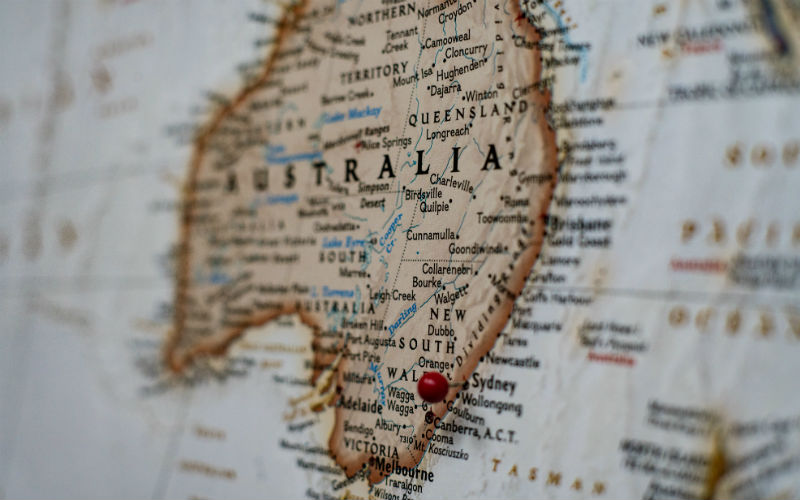An 11th cash rate rise next month hangs in the balance with the March quarter consumer price index set to reveal how well 350 basis points worth of cash rate increases are working to return inflation back to target.
While the RBA has tightened the cash rate immensely in a short period of time, monetary policy operates with a lag and inflation takes time to respond to changes in interest rates.
For this reason, the RBA elected to pause the cash rate at 3.60% in April, allowing additional time to reassess the outlook for the economy.
The RBA and market economists are confident inflation peaked late in 2022, albeit remaining well above the target range of 2-3%.
Quarterly headline inflation currently sits at 7.8% as of December 2022.
Here are the Q1 inflation predictions from some of Australia’s leading financial institutions.
RBA
Forecasts from the RBA's February Statement of Monetary Policy expect headline inflation slow to 4.8% by the end of 2023, and 3% by mid-2025 as the economy begins to cool.
In his April post meeting statement, RBA Governor Dr Philip Lowe said a range of information, including the monthly CPI indicator, suggests that inflation has peaked in Australia.
"Growth in the Australian economy has slowed, with growth over the next couple of years expected to be below trend," Dr Lowe said.
"There is further evidence that the combination of higher interest rates, cost-of-living pressures and a decline in housing prices is leading to a substantial slowing in household spending.”
Westpac
Westpac Senior Economist Justin Smirk said a moderation in price increases for food, clothing, dwellings, and household contents was partly driving the ease in inflation.
“Westpac is forecasting a 1.4% rise in the March quarter taking the annual pace down to 7.0% from 7.8%,” Mr Smirk said.
“We believe that December was the peak for annual inflation and it is expected to continue to moderate from here.
“Distribution disruptions have eased somewhat and there has been something of a return to normality with weather conditions and while labour shortages remain, they are not as bad as they were.”
CommBank
CommBank Head of Australian Economics Gareth Aird said the major bank expects core CPI to rise 1.3% in the quarter, taking the annual print to 7%.
“To be clear, there will still be some elements of strong price growth in the inflation basket,” Mr Aird said.
“But the evidence from the monthly CPI indicator, as well as from surveyed measures of price pressures from the NAB business survey, support our view that the annual rate of inflation will step down in the March quarter.
“An outcome in line or stronger than our forecast for underlying CPI will see us retain our call for the RBA to raise the cash rate at the May board meeting.”
ANZ
ANZ Senior Economist Catherine Birch expects headline CPI to have fallen sharply in the March quarter to 6.9%.
“We think persistent stickiness in the Q2 CPI report [due in late July] will prompt a final 25 basis point hike from the RBA in August, taking the cash rate to a peak of 3.85%,” Ms Birch said.
“Risks remain tilted towards a higher terminal rate in our view.”
In the meantime, Ms Birch expects the cash rate to hold in May given inflation appears to be falling faster than the RBA’s forecast.
NAB
NAB Economist Taylor Nugent said the implications for the May Board meeting would not be straightforward unless inflation came in well above or below market expectations.
“Looking to the May meeting we think a trimmed mean print of 6.7% year-on-year would lean towards a hike, 6.6% would be inconclusive, and 6.5% leans towards a hold,” Mr Nugent said.
“But the decision won’t be mechanical and details will also be important here.”
NAB expects headline inflation to increase by 1.3% in March, taking the annual print to 7%.
Image by Gunther Schneider via Pixabay



 Harry O'Sullivan
Harry O'Sullivan
 Harrison Astbury
Harrison Astbury




